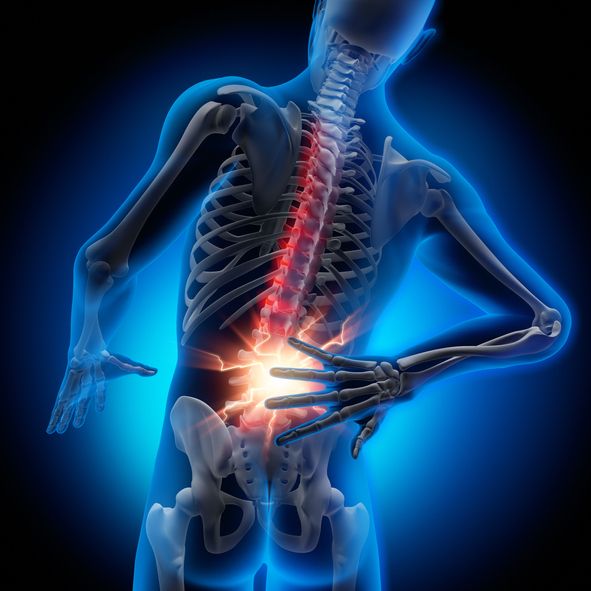How Much Do You Know About panchakarma treatment?
How Much Do You Know About panchakarma treatment?
Blog Article
Lower back pain is something that much of us experience eventually in our lives, with approximately 85% of adults dealing with it. Whether it's a dull, bothersome pains or a sharp, persistent pain, it can be incredibly disruptive. The majority of the time, it comes from problems in the lower spine, tense muscles, or perhaps nearby organs. While traditional treatments concentrate on handling symptoms, integrative methods like Ayurveda, Yoga, and Acupuncture dive deeper, resolving both the physical pain and the psychological toll that pain can take on us.
What Causes Lower Back Pain?
Lower back pain can come from a variety of sources, such as:
● Problems in the lumbar spinal column: Issues with the vertebrae or discs in the lower back.
● Muscle stress: Overworked or swollen muscles from bad posture, overexertion, or tension.
● Nerve compression: Commonly brought on by a herniated disc continuing neighboring nerves.
● Internal organ concerns: Pain referred from organs in the pelvic or stomach.
If your pain is extreme, sticks around despite rest, or comes with signs like leg pain, numbness, weak point, or inexplicable weight-loss, it's crucial to see a medical professional.
How Ayurveda Can Help
Ayurveda, with its holistic and reliable solutions, uses natural options for dealing with lower neck and back pain. Here are some therapies that can help:
● Kati Basti: This involves using warm, medicated oil straight to the lower back. The heat and oil collaborate to relieve stiffness, promote blood flow, and relieve pain.
● Elakizhi: Medicated organic leaves are utilized in a hot compress to alleviate muscle tension and promote recovery.
● Panchakarma (Basti): This treatment utilizes a medicated enema to soothe Vata dosha (one of the body's energy types). Vata imbalance is often connected to pain in the back, and Basti helps restore balance, reduce swelling, and avoid recurrence.
Acupuncture for Pain Relief
Acupuncture is another powerful method to manage back pain. By inserting great needles into specific points on the body, acupuncture:
● Stimulates the release of endorphins, the body's natural pain relievers.
● Improves blood circulation and minimizes inflammation in the affected location.
● Works hand-in-hand ayurveda migraine treatment with Ayurveda to offer a well-rounded and reliable pain management service.
Yoga for Long-Term Relief
Yoga complements Ayurveda and Acupuncture, supplying a way to handle pain every day. It helps by:
● Stretching and reinforcing the muscles: Yoga presents can help enhance flexibility and ease stress in the back.
● Breathing workouts and meditation: These practices calm the mind, minimize stress, and support your body's natural recovery process.
While yoga alone may not totally eliminate the underlying reasons for lower back pain, it can substantially alleviate discomfort and assistance maintain a healthy, pain-free back gradually.
A Holistic Approach for Lasting Relief
By combining Ayurveda, Yoga, and Acupuncture, you're not simply treating the signs-- you're dealing with the origin of lower back pain. These treatments work together to stabilize the body and mind, providing a more natural and comprehensive service to pain relief. With this integrative approach, you can find not just physical relief but likewise a greater sense of well-being and balance in your life.
If you're trying to find a long-term, holistic method to manage your lower neck and back pain, these treatments could be the answer.